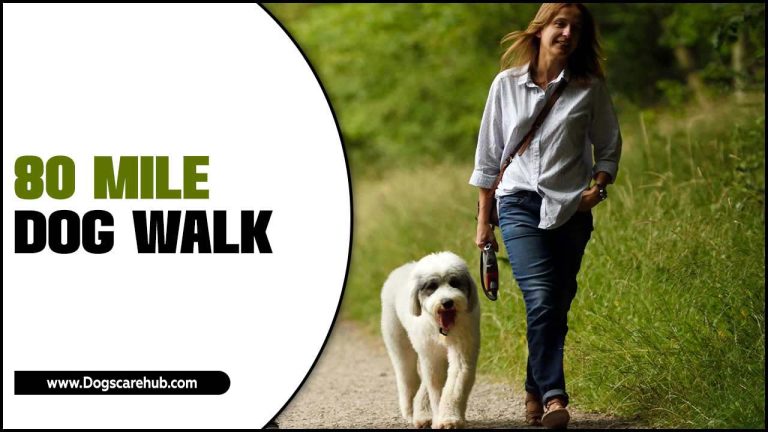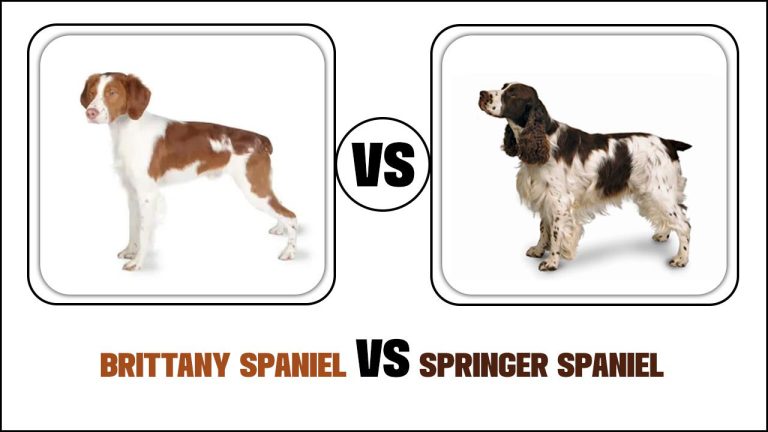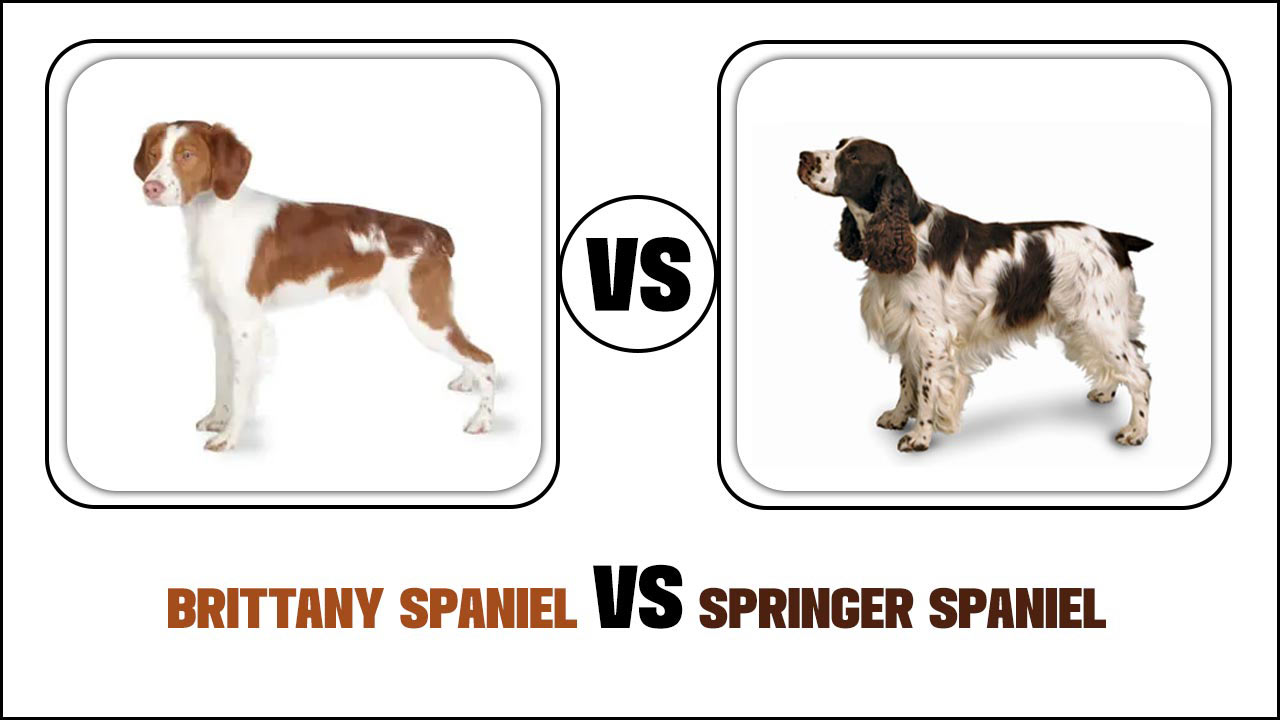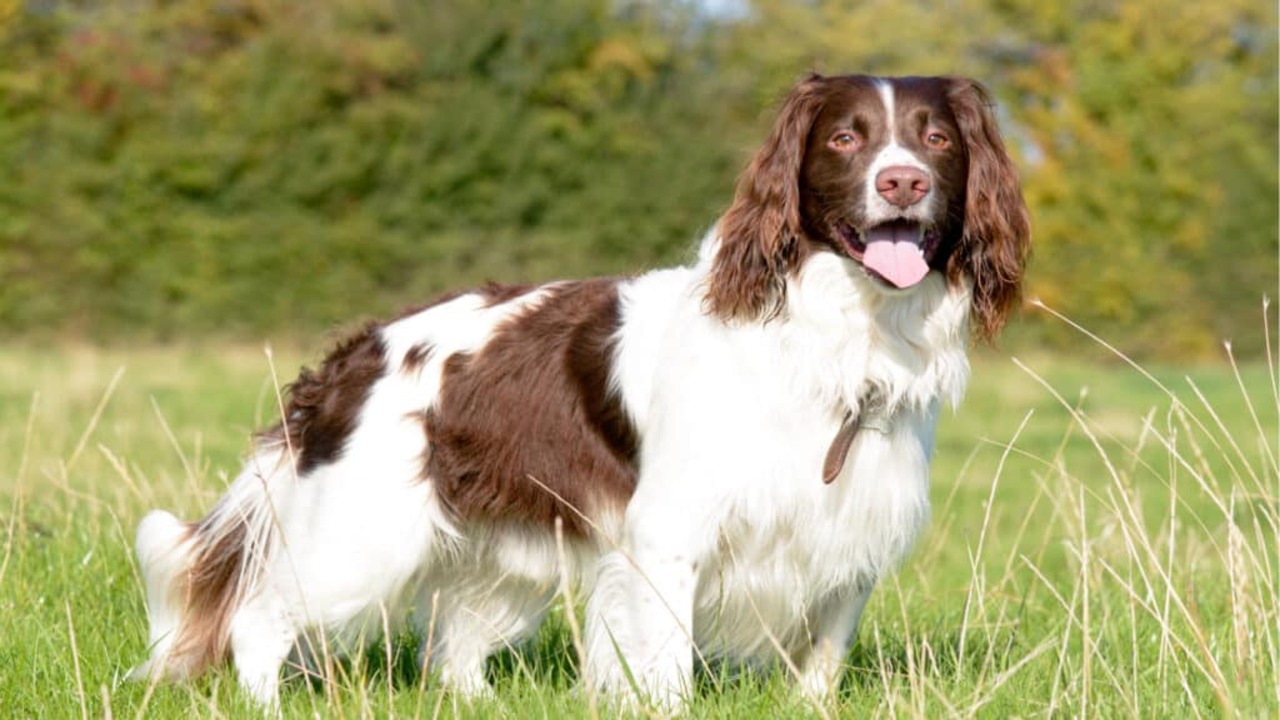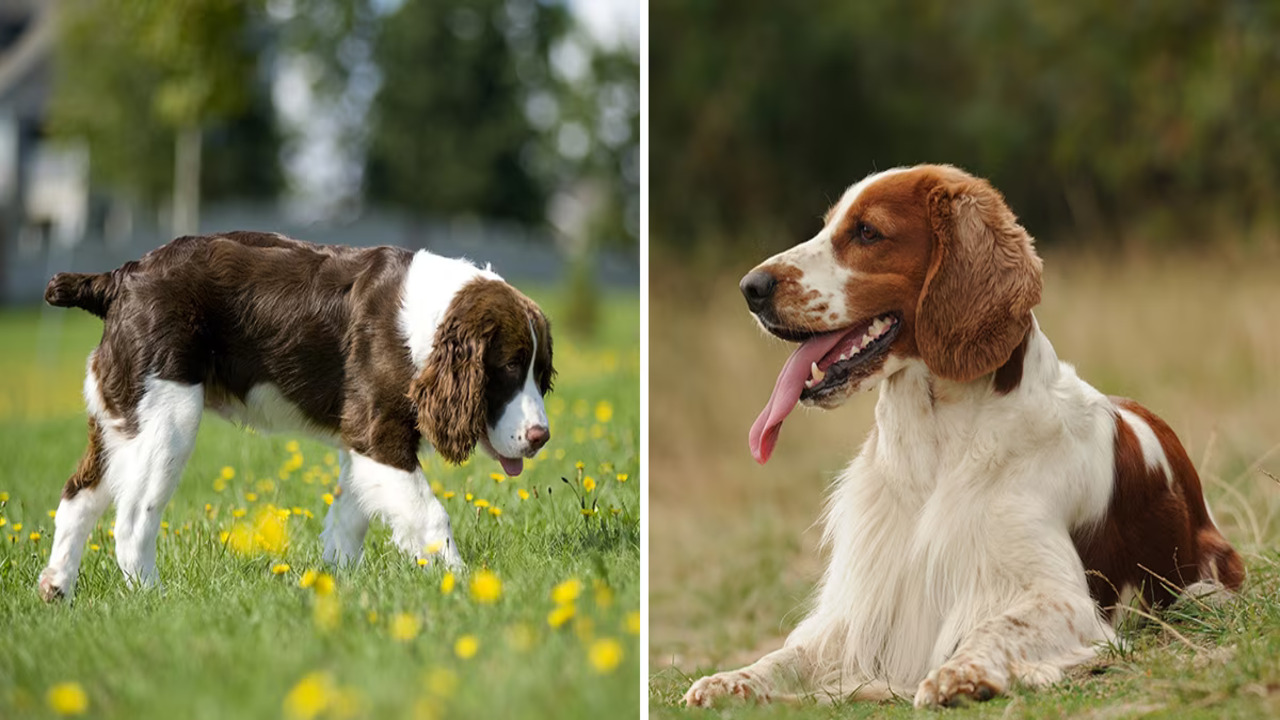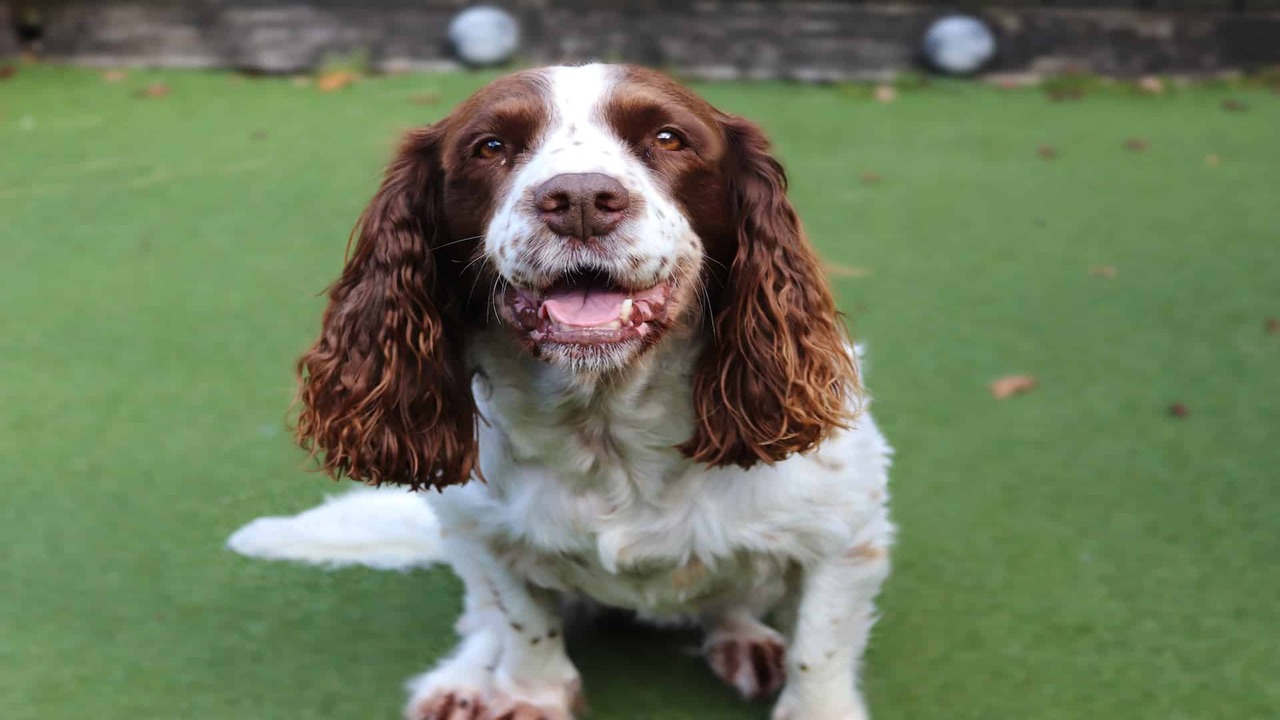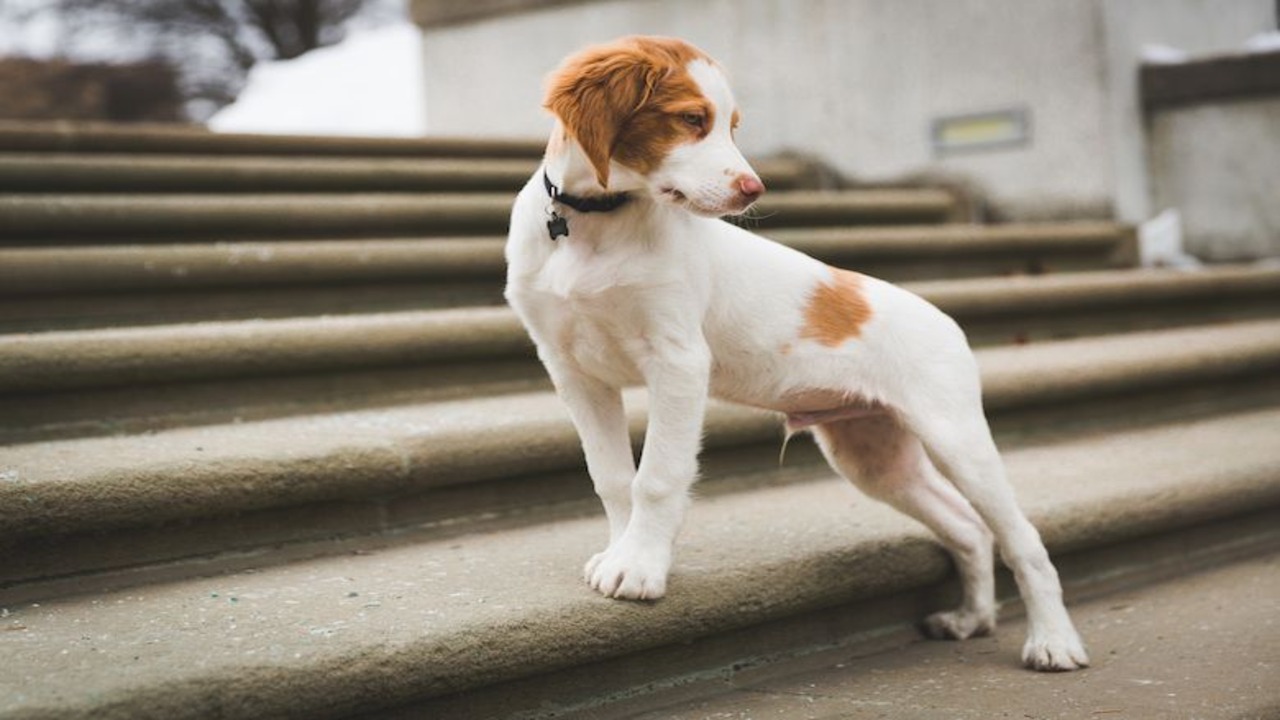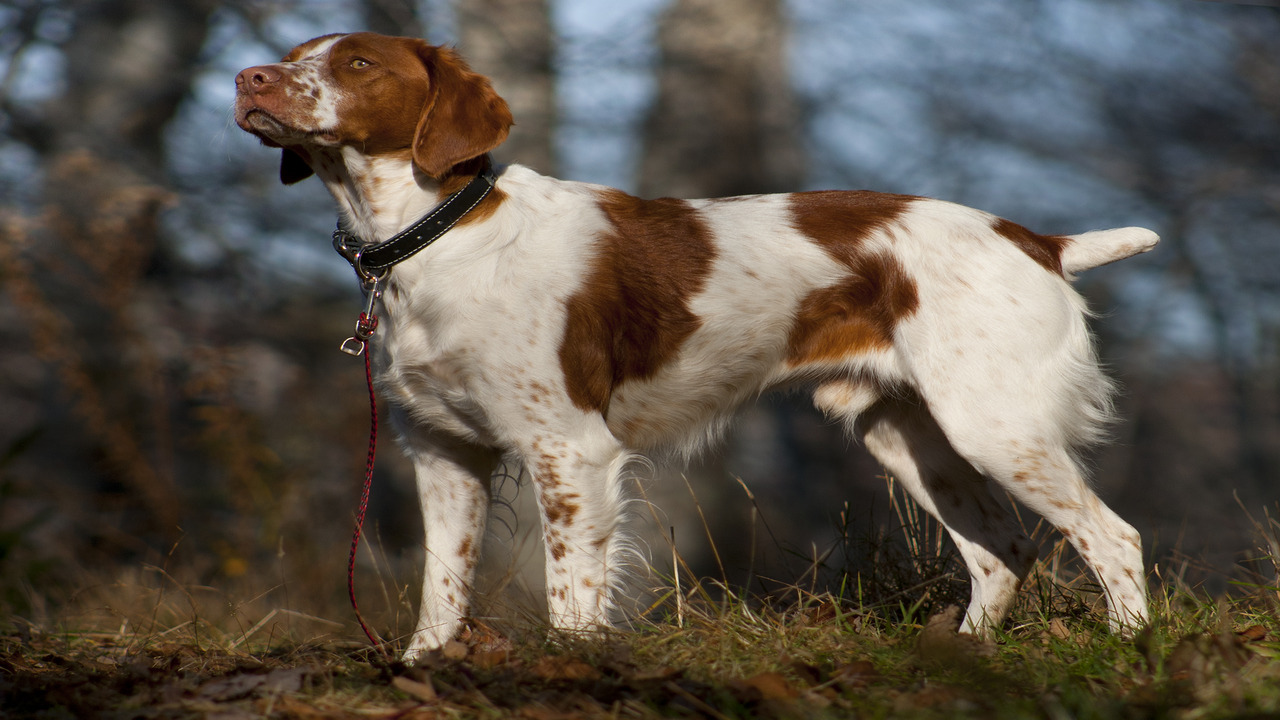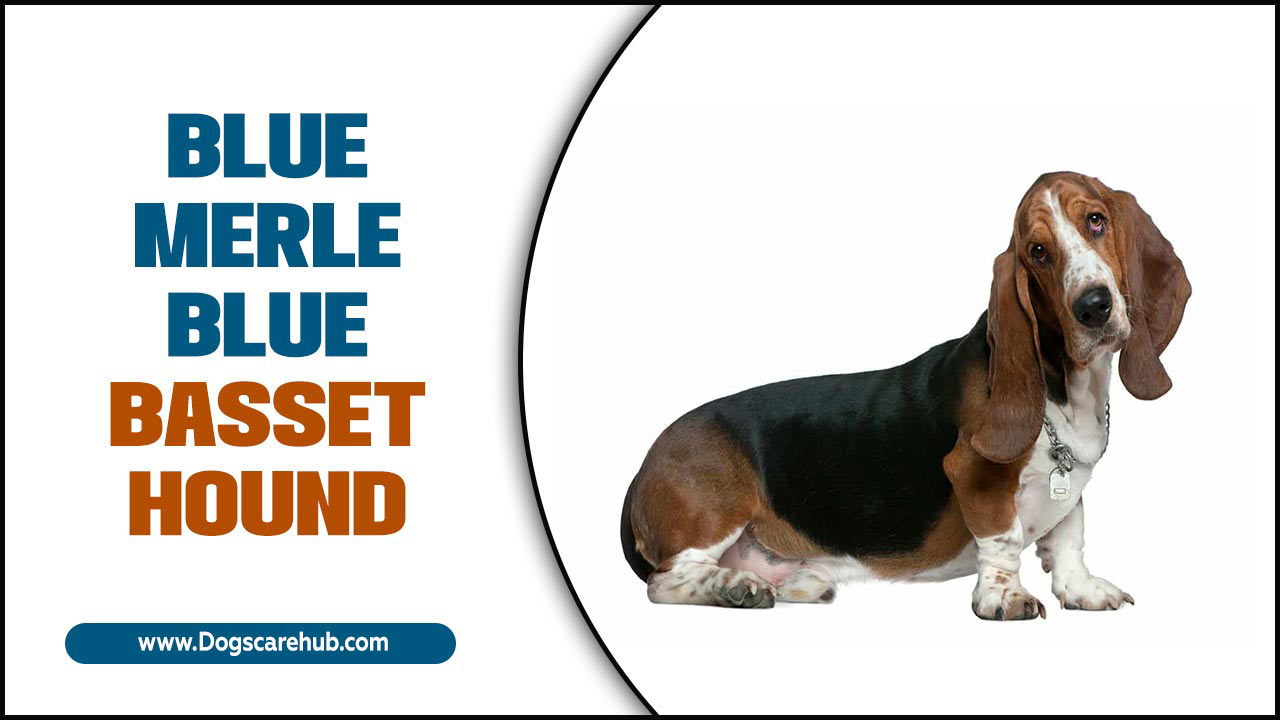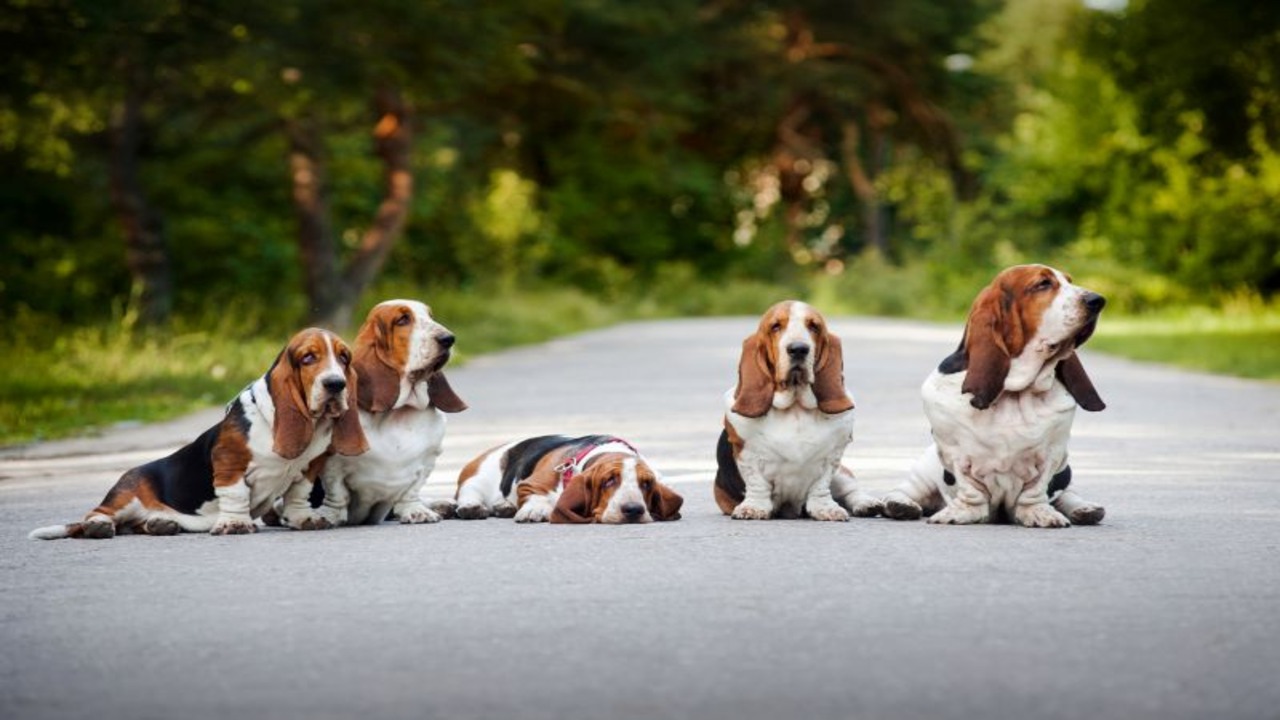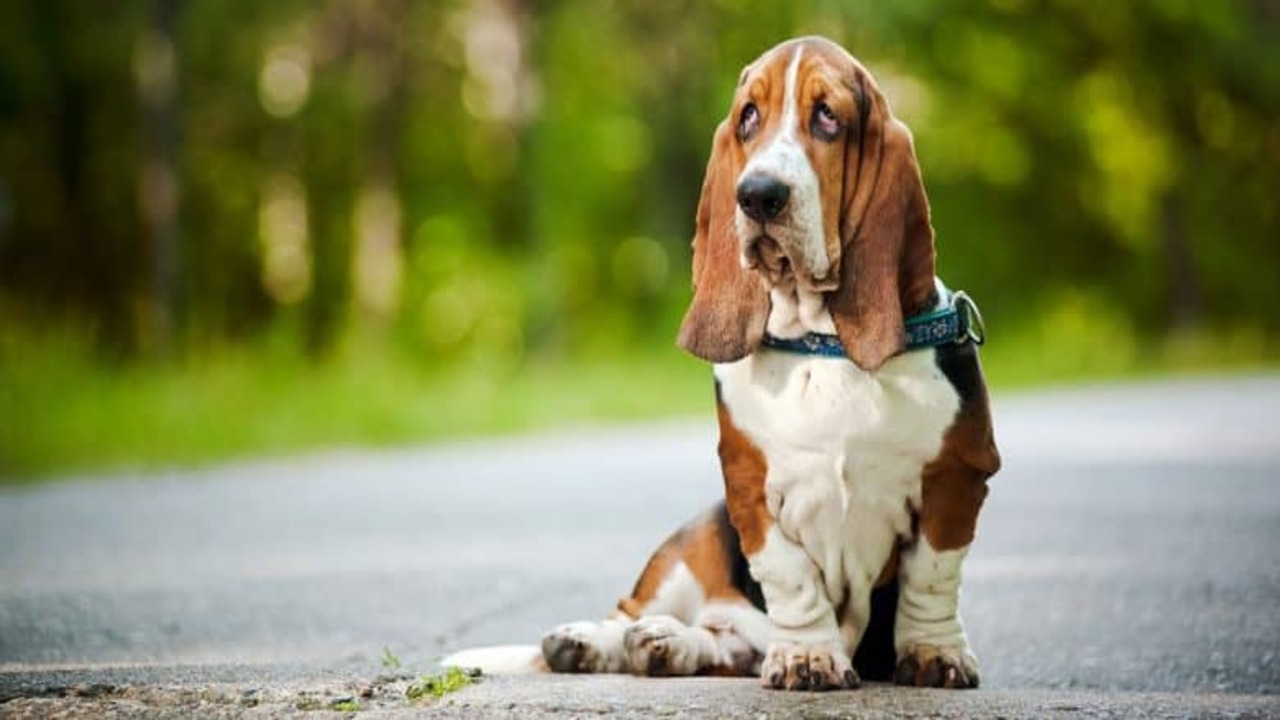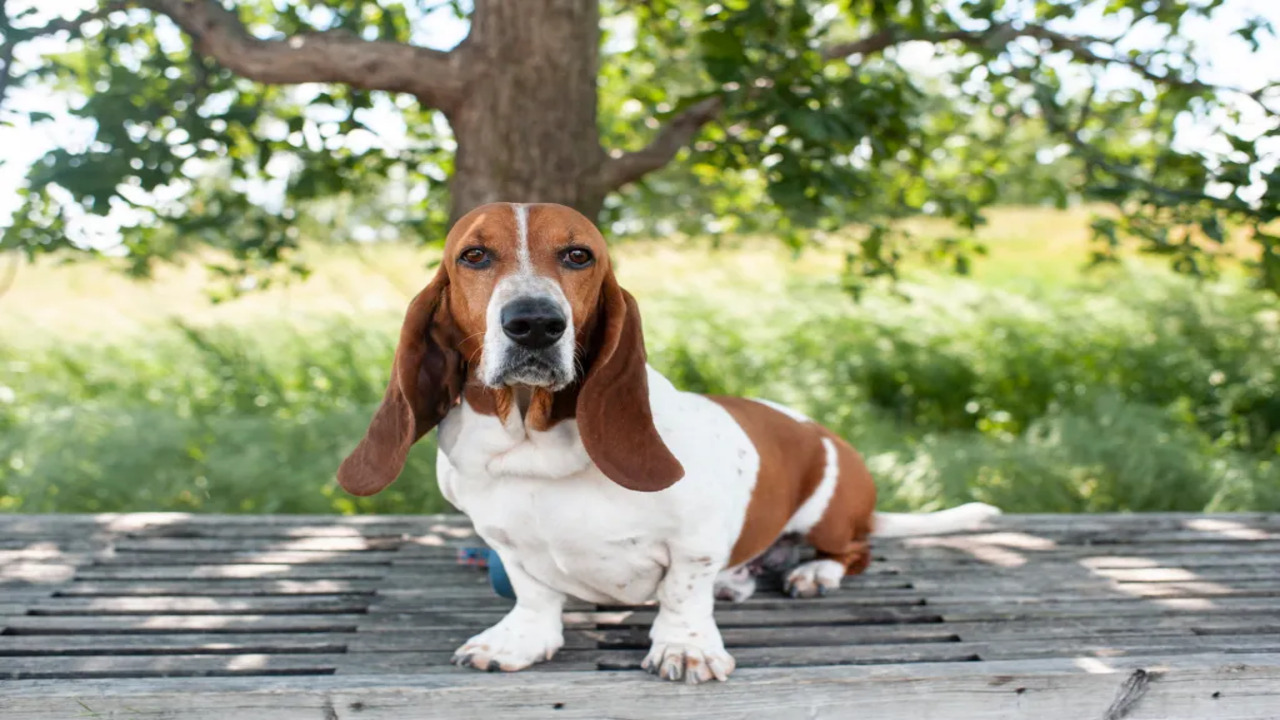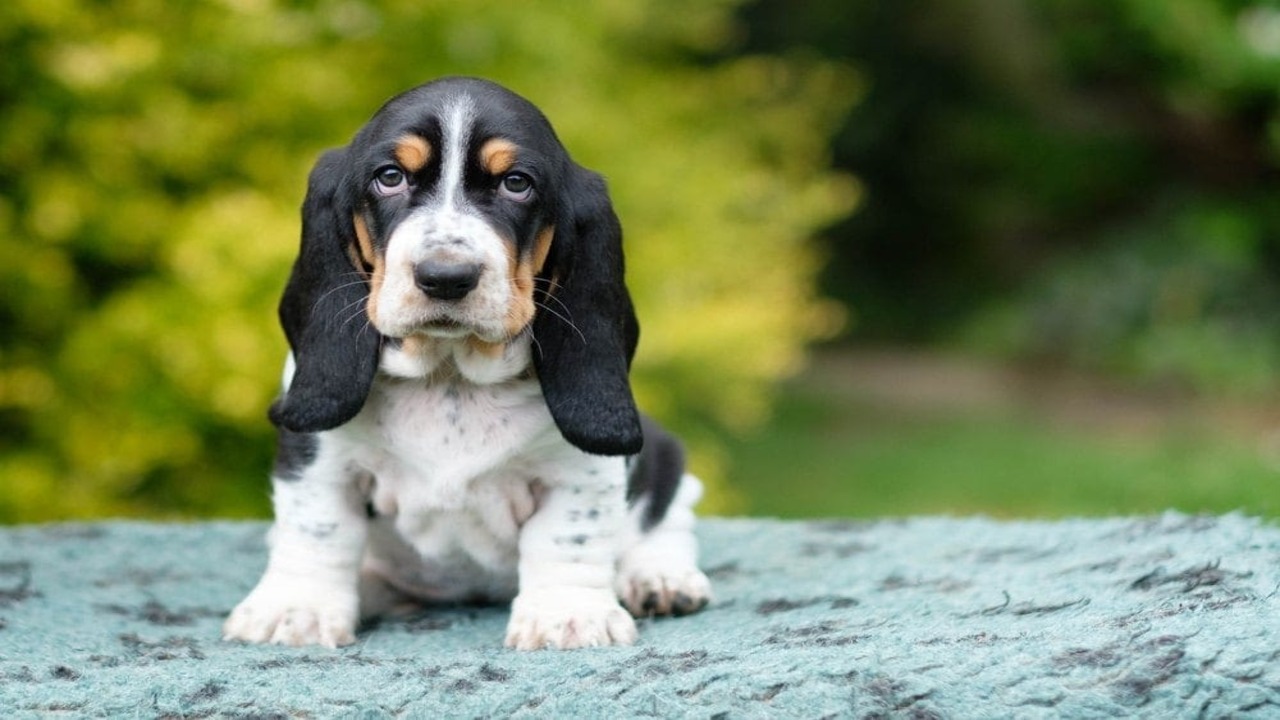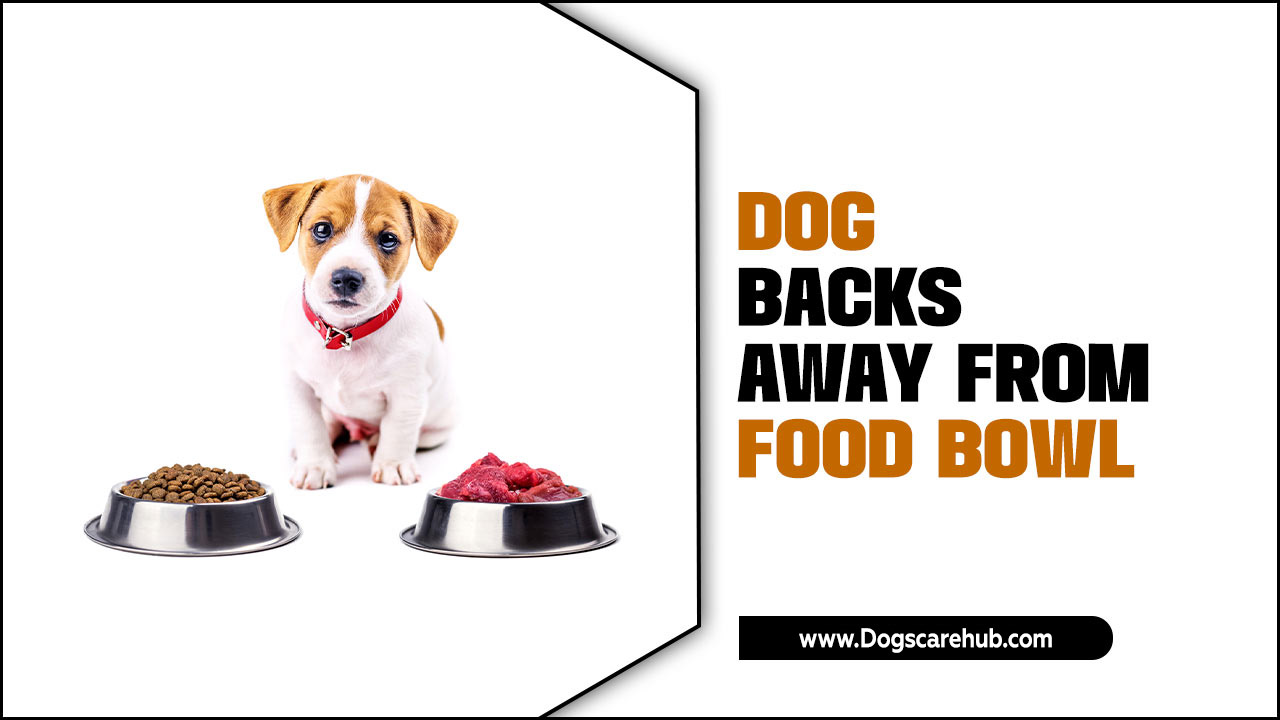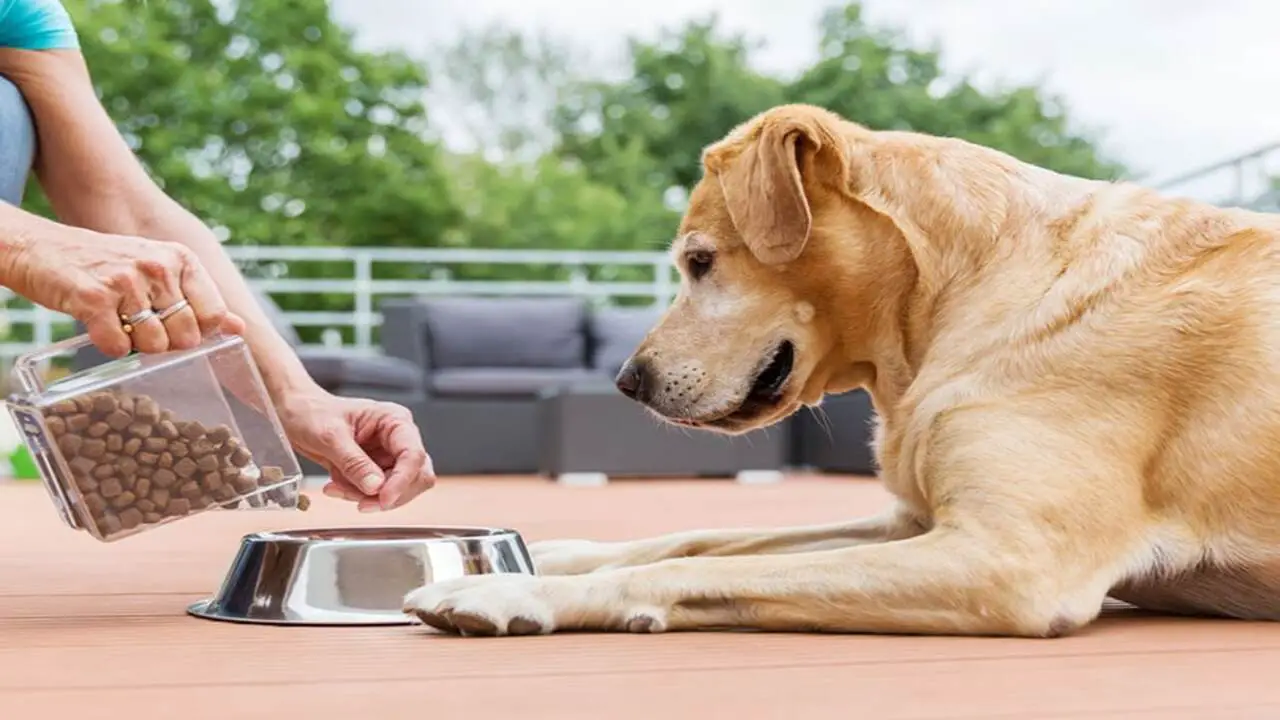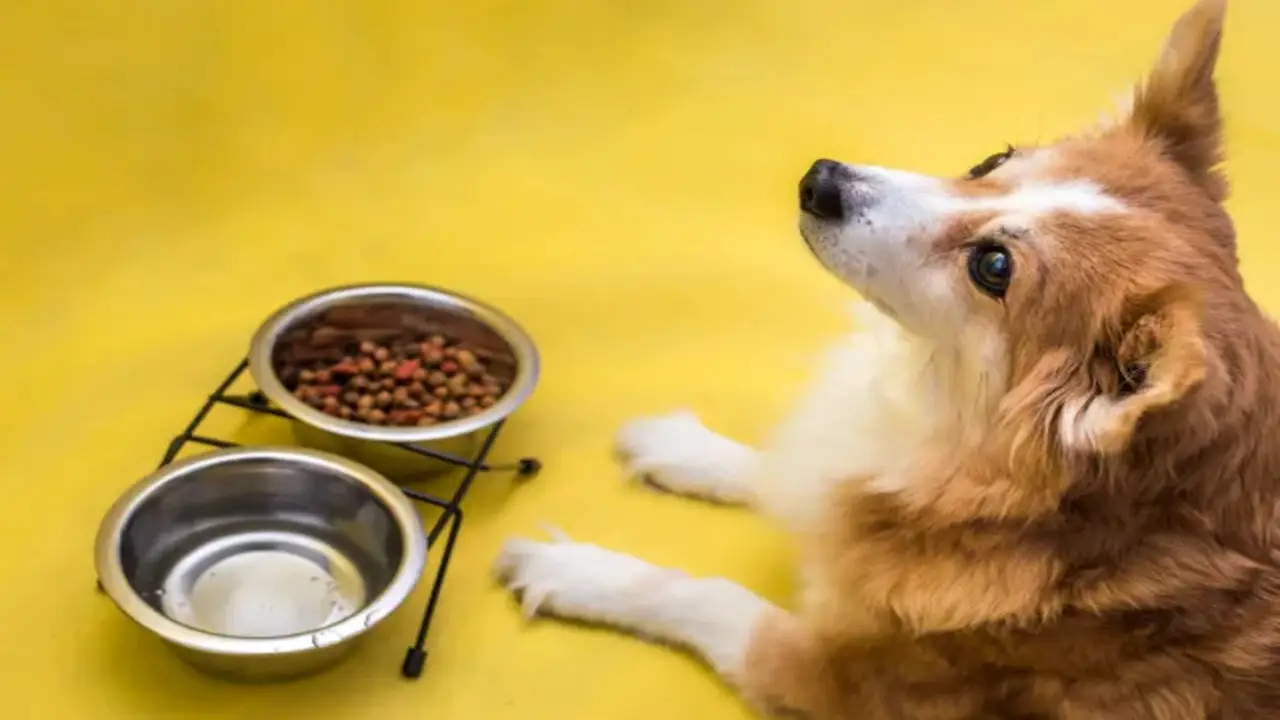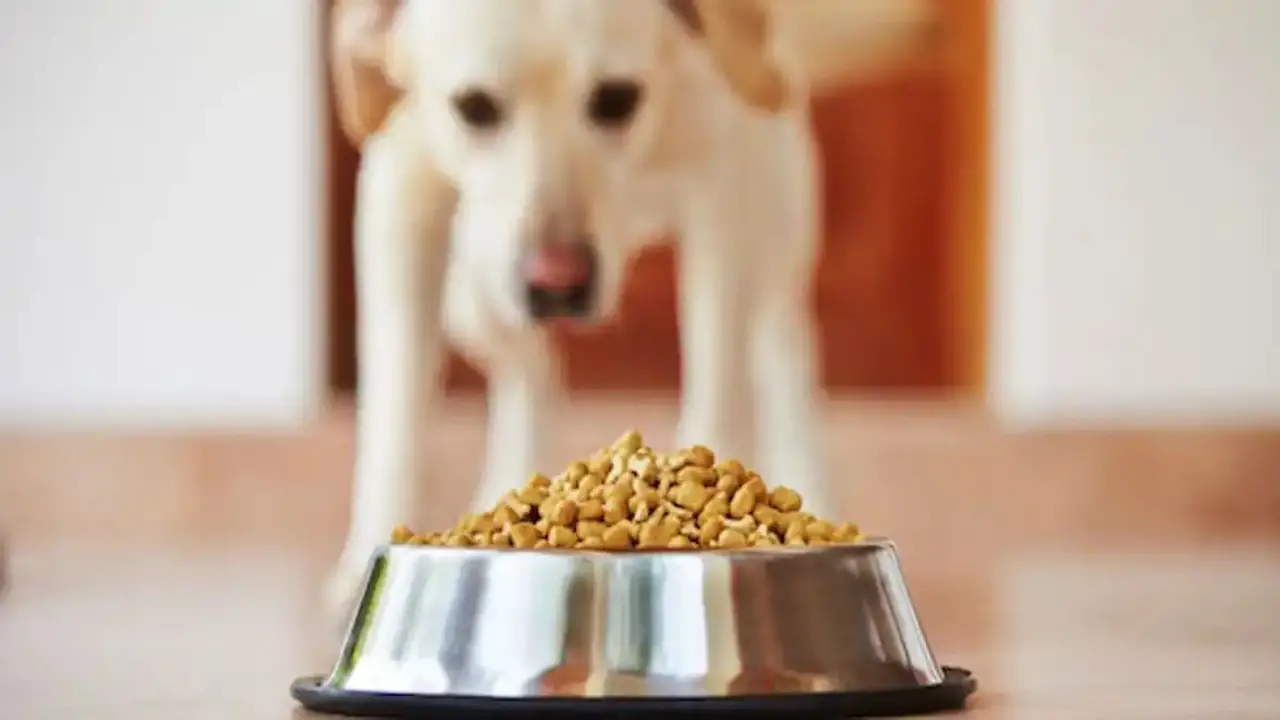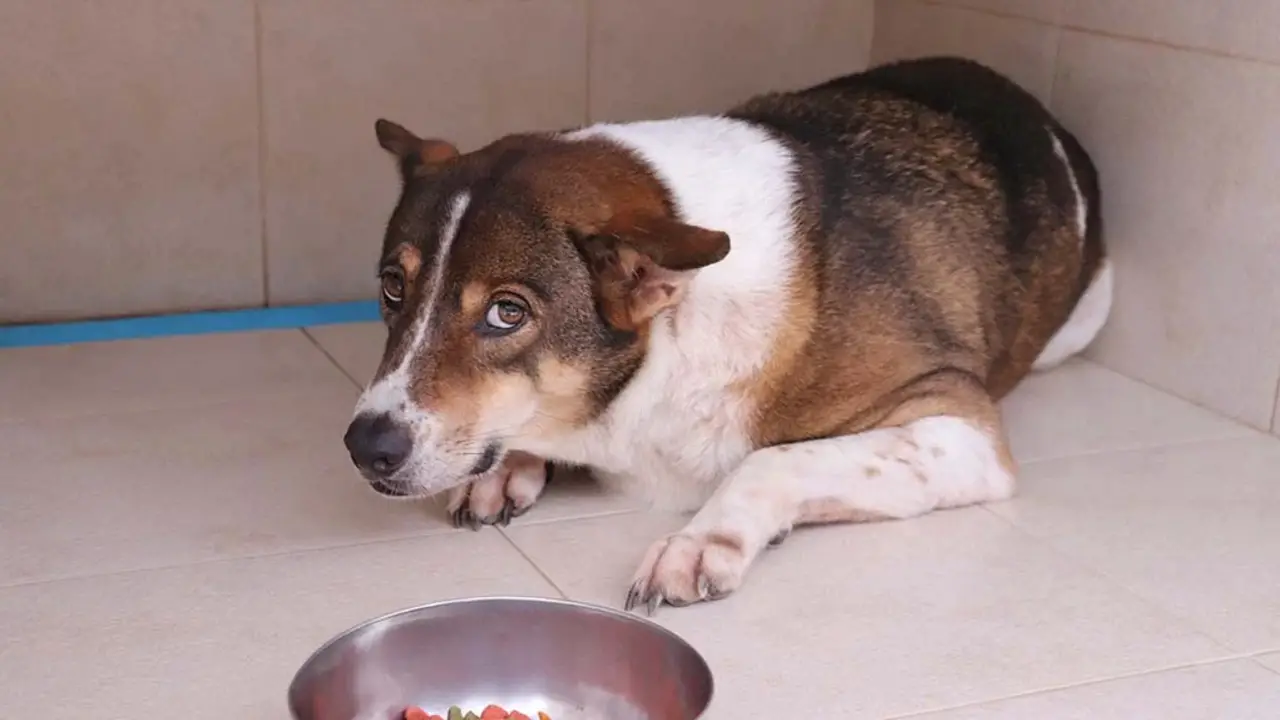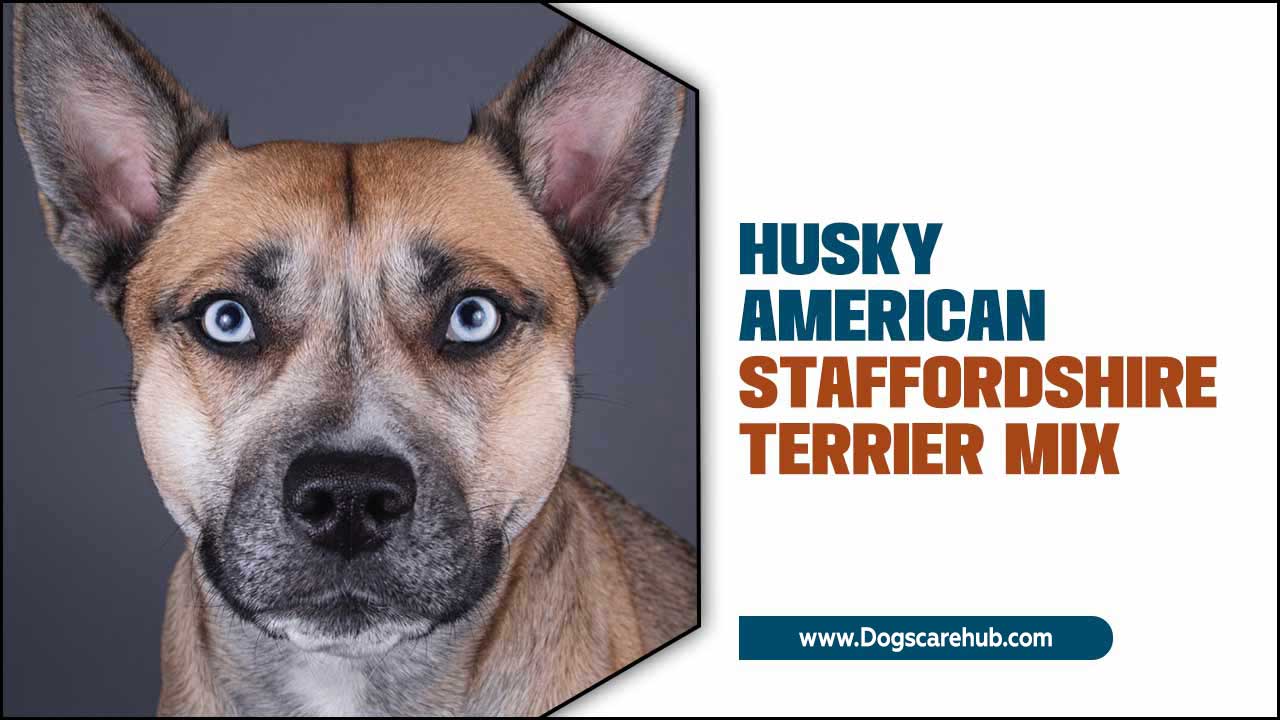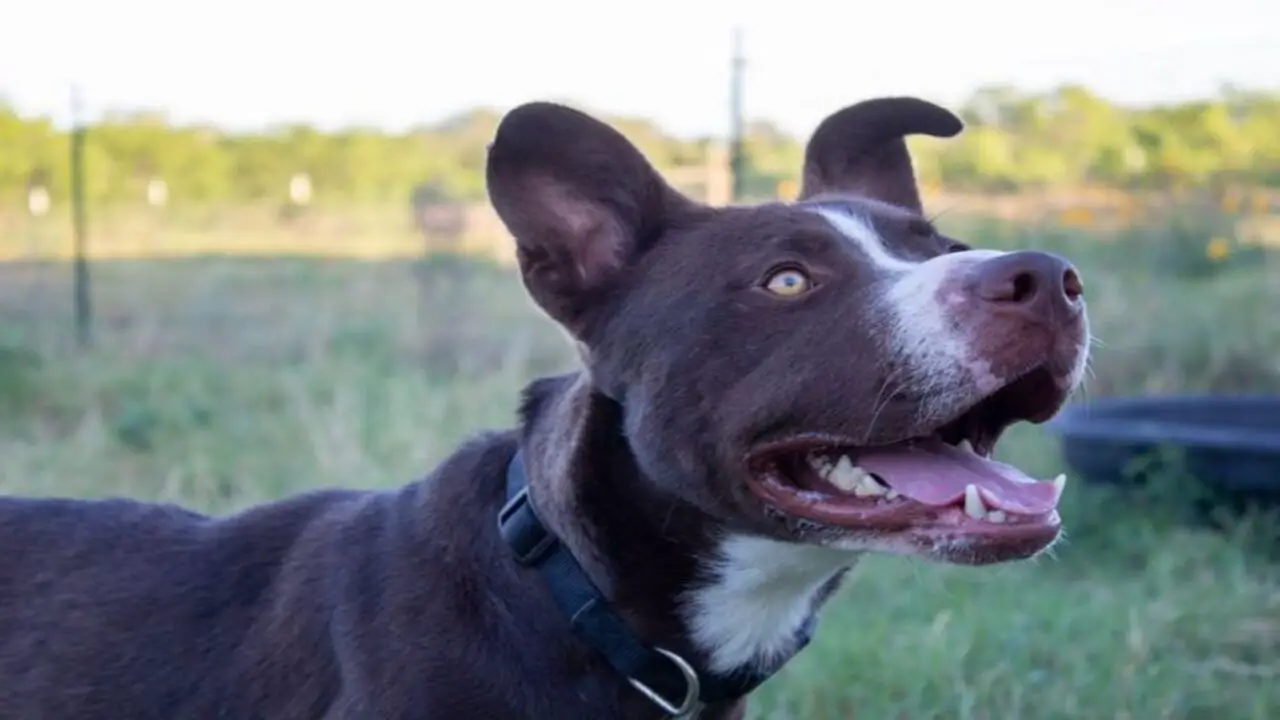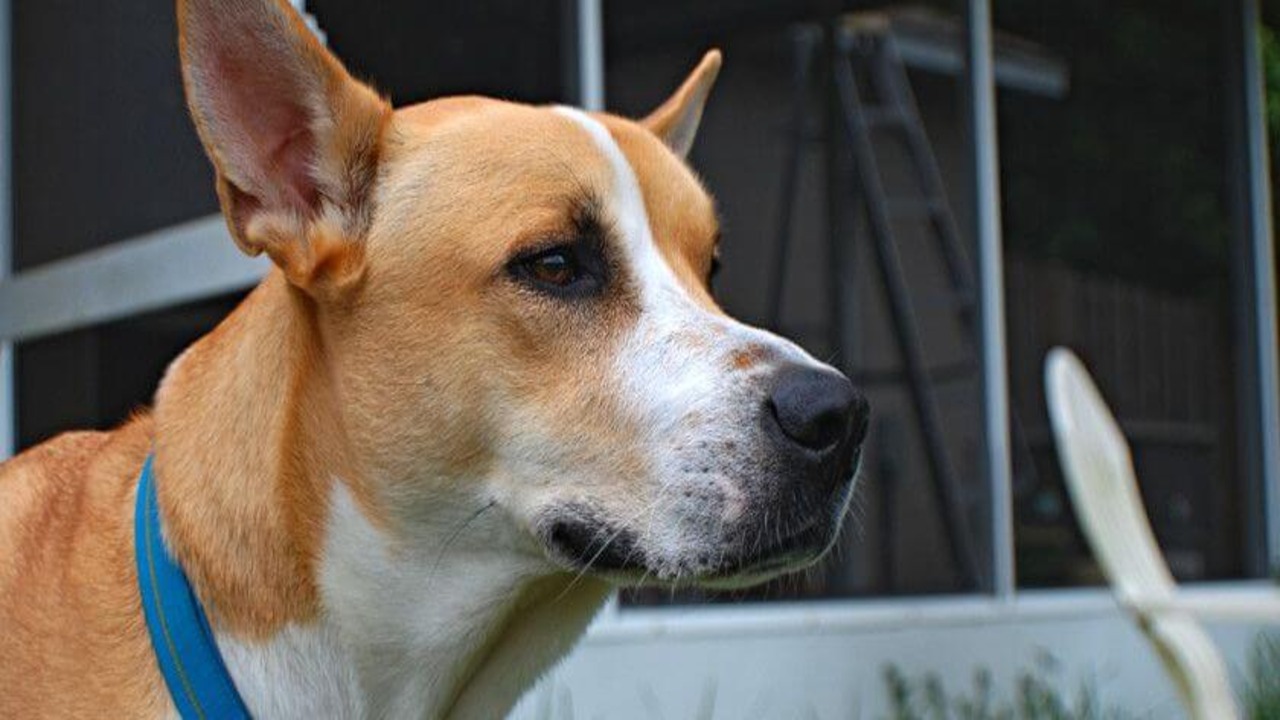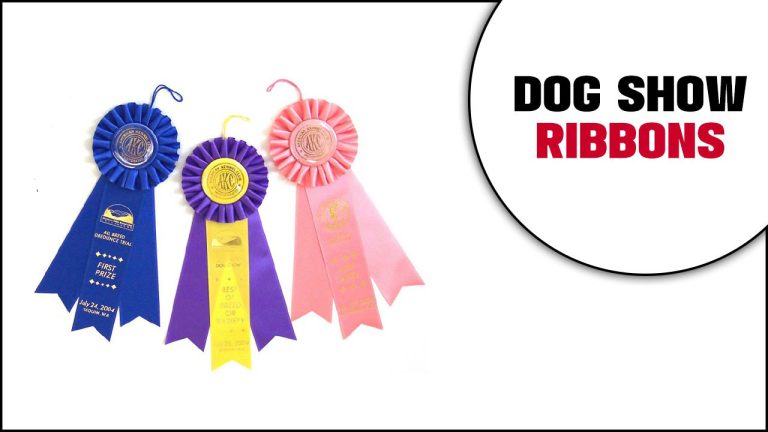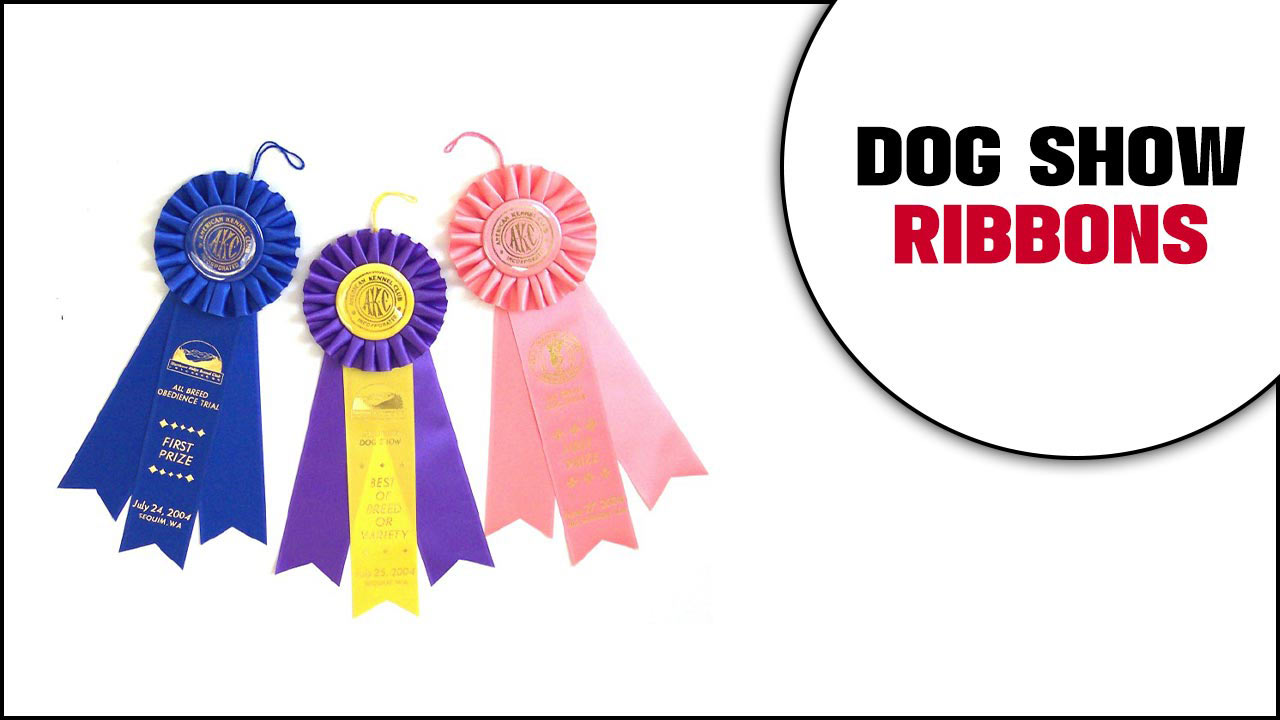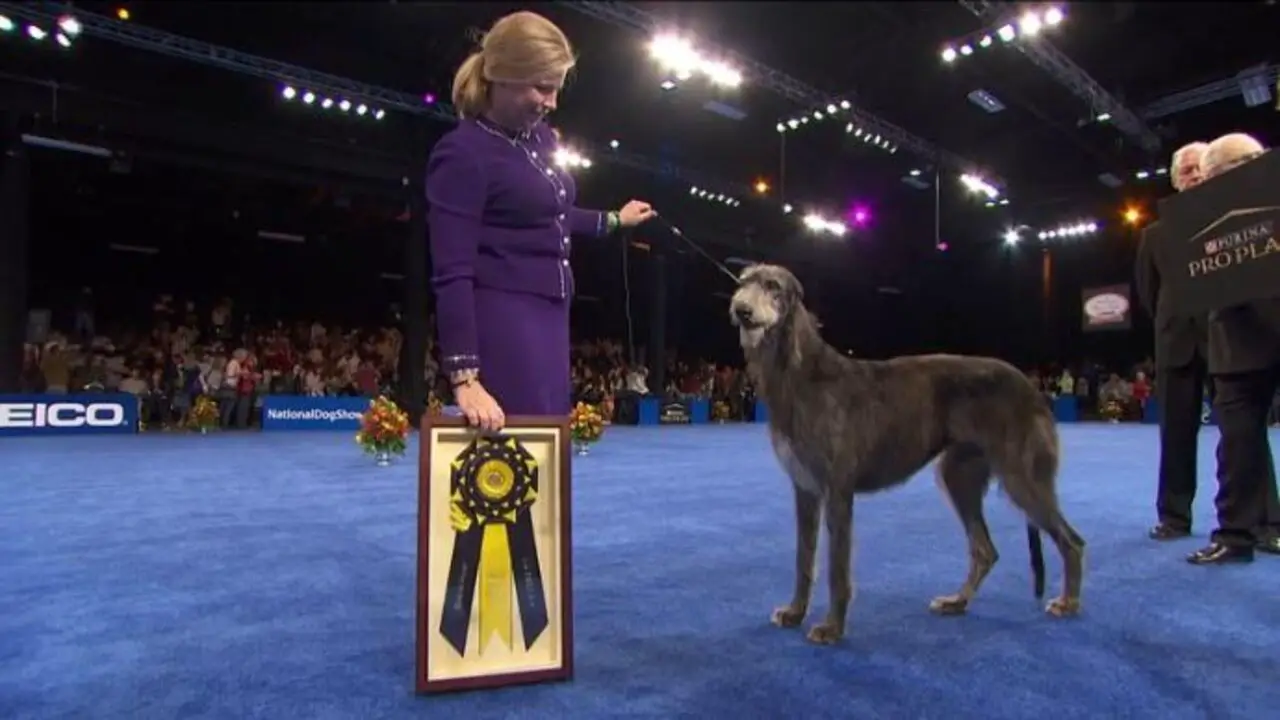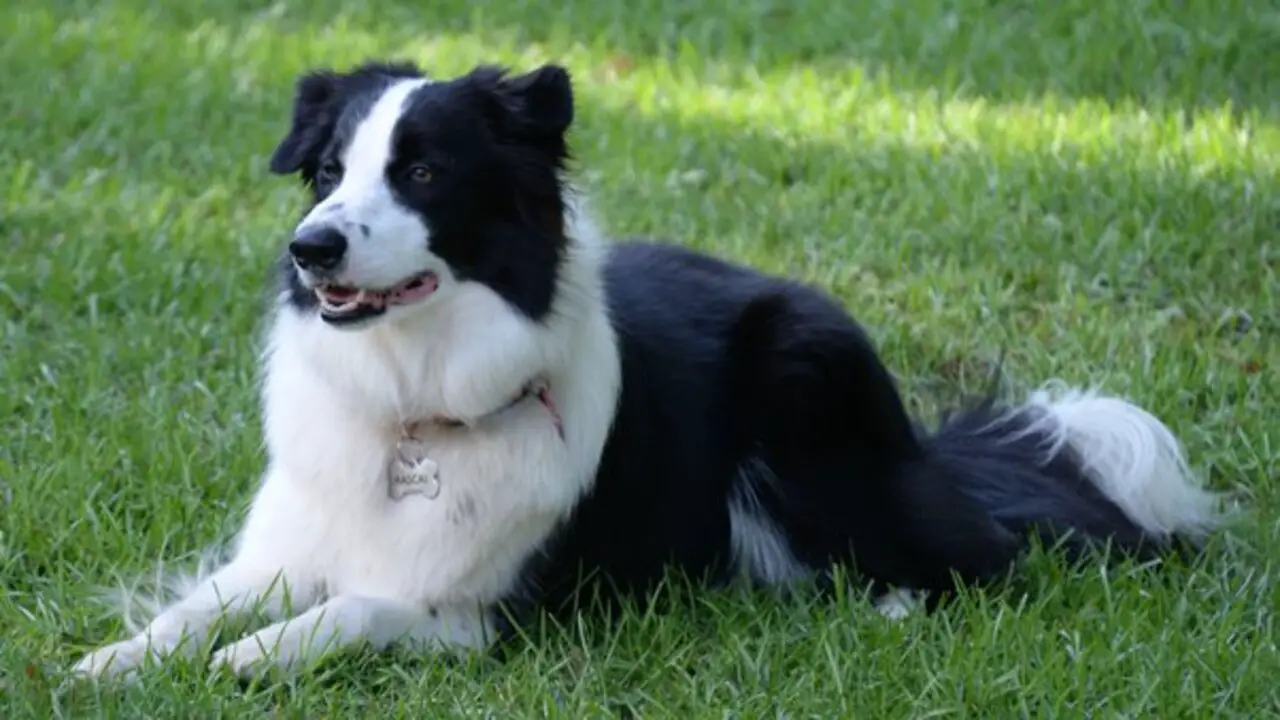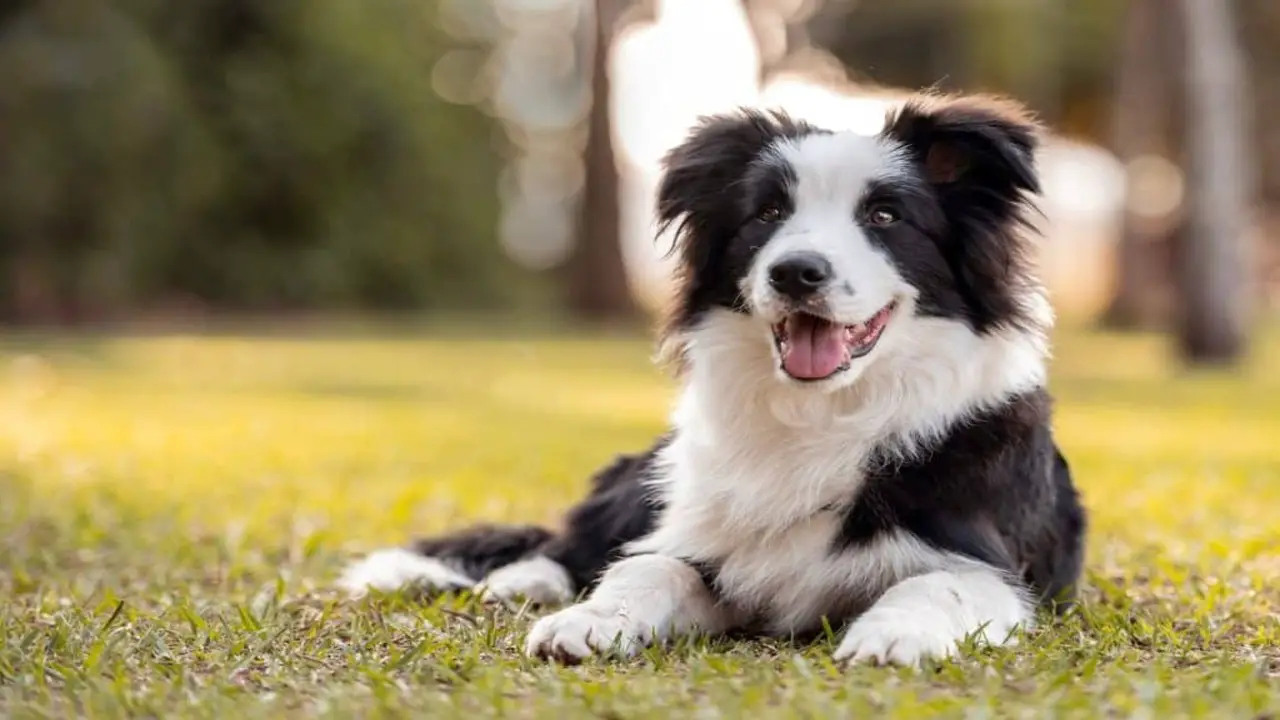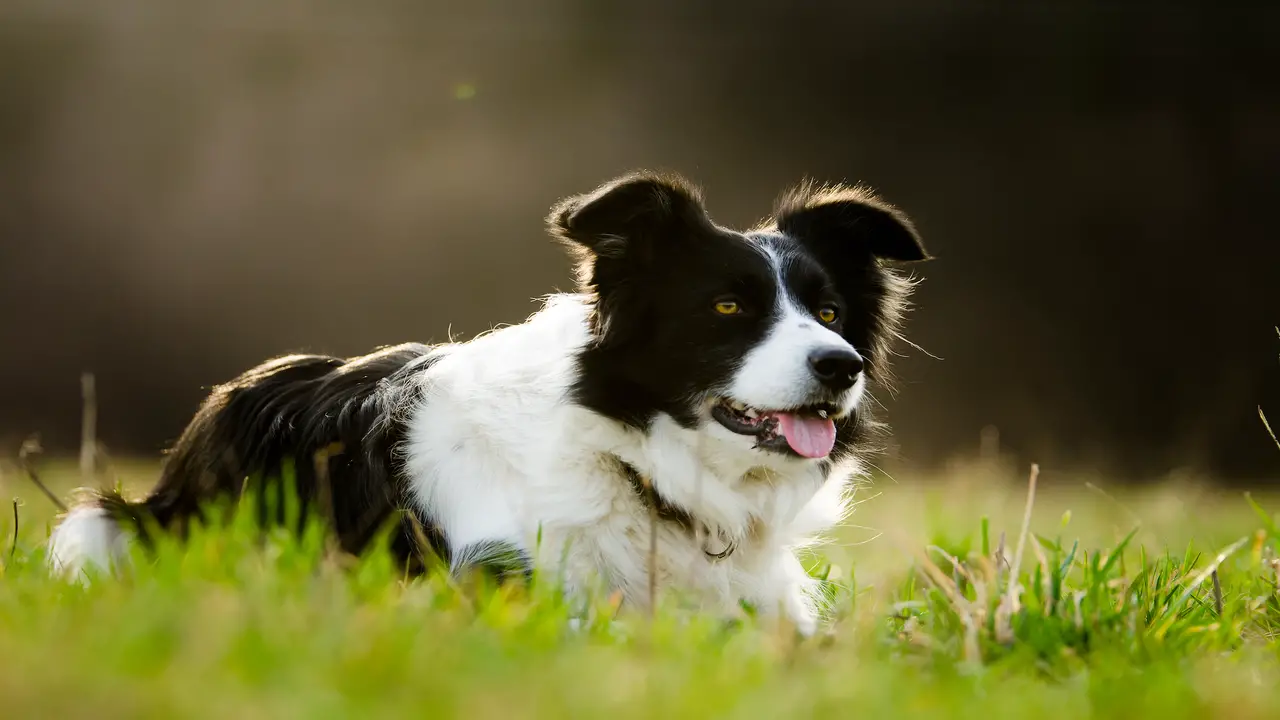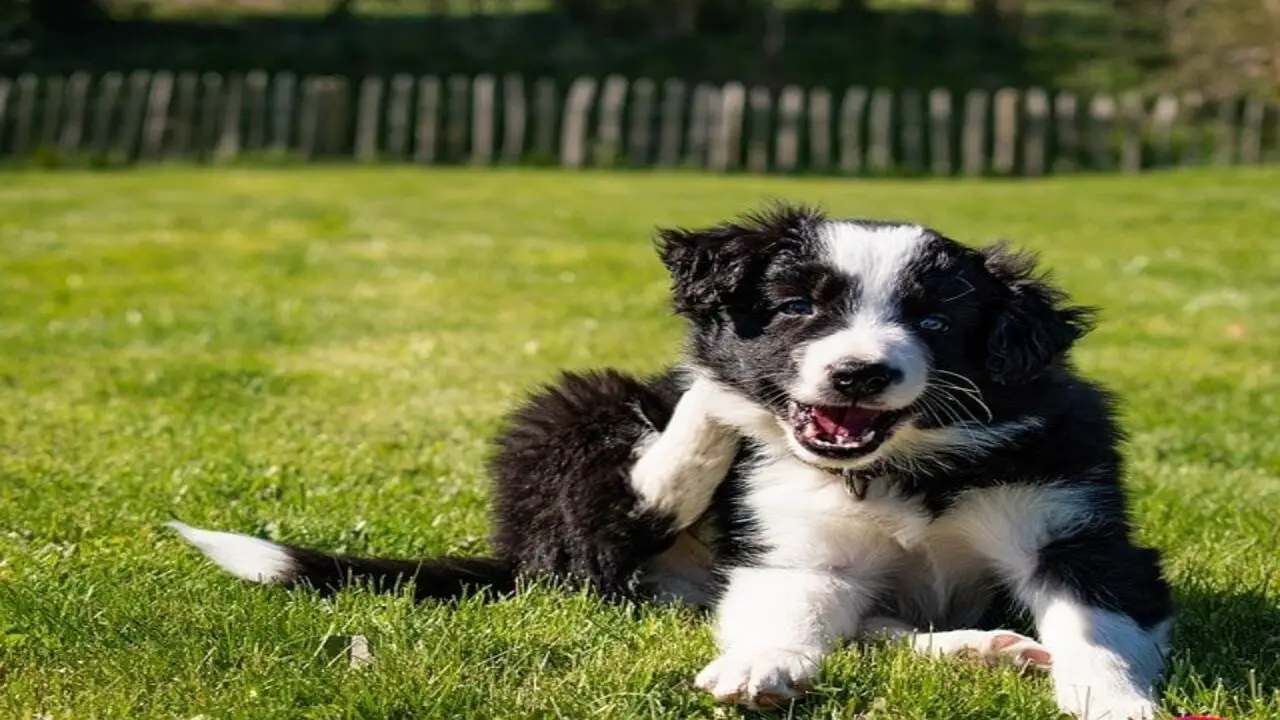Embarking on an 80 mile dog walk challenge takes a lot of courage and preparation. Whether you’re a seasoned walker or a novice, this kind of challenge requires great planning and execution to ensure the safety and well-being of both you and your furry walking partner.
It can be a demanding and rewarding experience, and knowing what to expect beforehand can make all the difference in your success. We’ll deeply dive into the essential factors to consider before taking on this challenging feat.
From training tips to equipment recommendations, we’ll cover everything you need to know to complete an 80-mile dog walk challenge confidently. It’s important to note that this kind of challenge can be physically and mentally taxing for you and your dog, so we’ll also discuss ways to ensure you’re both adequately prepared for the journey ahead.
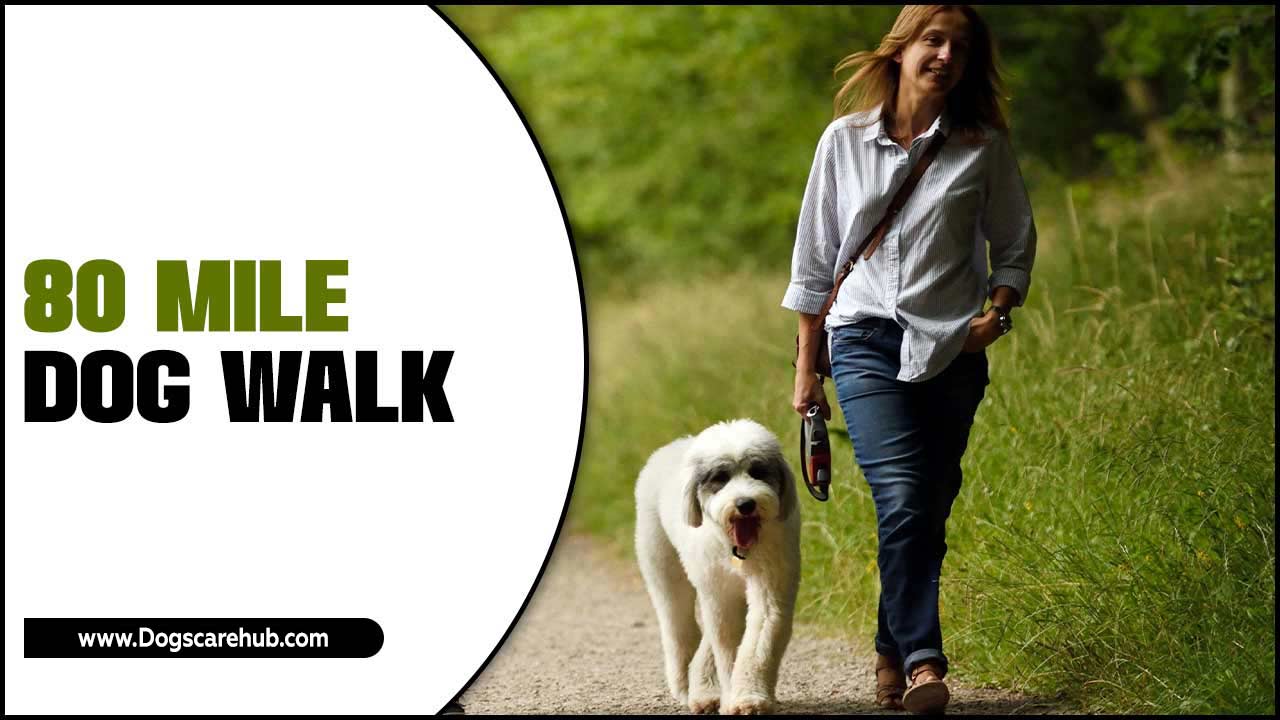
What Are The Rules Of The Challenge?
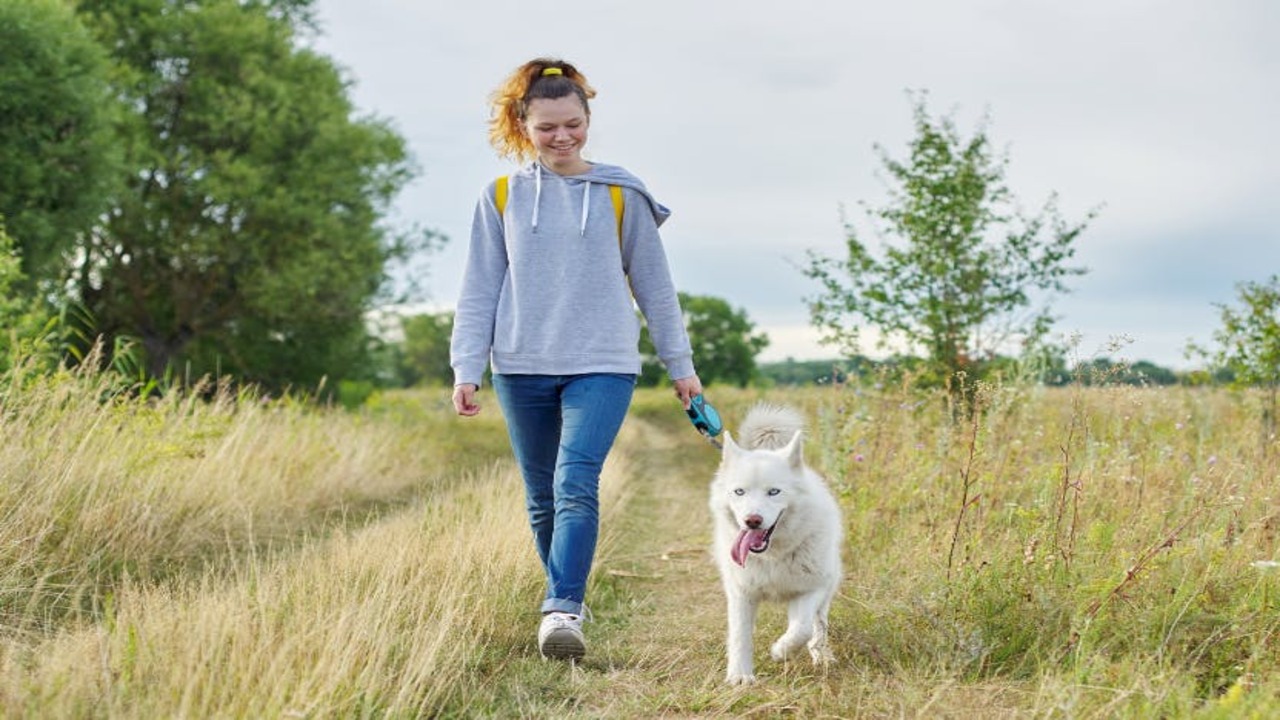
If you’re considering taking on the 80-mile dog walk challenge, it’s important to know the rules before you start. The main rule of the challenge is that you and your canine companion must walk 80 miles within a specified timeframe, usually within a certain number of days or weeks.
This means you’ll need to plan your route and daily mileage accordingly to ensure you reach the 80-mile mark. It’s also important to note that the challenge typically requires participants to provide proof of their progress, such as GPS data or photos, to verify their completion. So, be prepared to track your walks and provide evidence. Remember, this challenge is a physical test for both you and your dog and a great opportunity for bonding and adventure.
The Benefits Of Taking An 80 Mile Dog Walk

An 80 mile dog walk can offer numerous benefits for you and your furry companion. Not only does it provide ample exercise for your dog, but it also allows them to explore new environments and stimulate their senses.
This long-distance adventure can help strengthen the bond between you and your dog as you rely on each other for support and companionship throughout the journey. Additionally, an 80-mile dog walk can be a great way to challenge yourself physically and mentally as you navigate various terrains and obstacles.
Preparing For The Walk
As you embark on the 80 mile dog walk challenge, preparing yourself and your furry companion for the long-distance trek is important. Gradually increase your daily mileage to condition your body for the journey ahead. Choose comfortable shoes and clothing that provide ample support and ease of movement.
Don’t forget to stay hydrated by packing enough water and snacks for you and your dog. It’s also essential to bring a first aid kit in case of minor injuries. Familiarize yourself with the route and strategically plan rest stops to give you and your dog a chance to rest and rejuvenate. Lastly, consult with a veterinarian to ensure your four-legged friend is physically prepared for the challenge.
Physical Health Benefits Of Walking
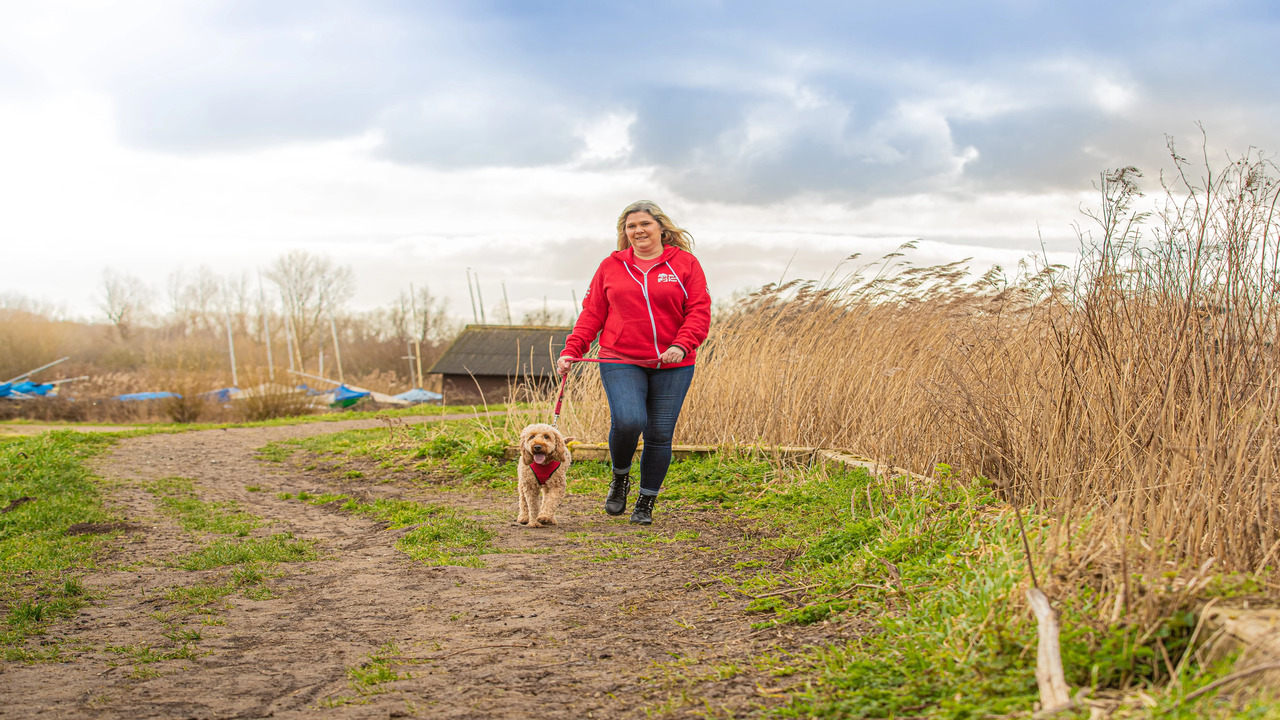
Regular walking offers an array of physical health benefits. Engaging in this low-impact exercise can boost cardiovascular health and improve endurance. It also helps in burning calories, aiding in weight maintenance. Walking strengthens muscles and enhances overall fitness levels.
Moreover, it contributes to better bone density, reducing the risk of osteoporosis. Walking in the fresh air and sunshine can boost the immune system. So, by incorporating regular walks into your routine, you can enjoy these physical health benefits and improve your overall well-being.
Mental Health Benefits Of Walking
Incorporating walking into your daily routine can have numerous mental health benefits. By reducing stress and anxiety, walking helps create a sense of calm in your day-to-day life. It also can improve your mood and increase the production of endorphins, known as the feel-good hormones.
Walking regularly can enhance your cognitive function, sharpening your focus and concentration. Additionally, being outdoors in nature during your walks can provide solace and tranquility, contributing to your overall mental well-being. Walking is an effective way to combat symptoms of depression and boost your mental health.
The Bonding Experience With Your Dog
Embarking on the 80-mile dog walk challenge with your four-legged companion creates a unique bonding experience. Throughout this challenging adventure, you’ll create a deeper connection with your dog, strengthening trust and communication.
Sharing quality time and creating lasting memories deepens your bond, allowing you to understand your dog’s behavior and needs more profoundly. As you navigate the journey together, a sense of teamwork and unity blossoms, supporting each other through every step. This shared experience builds resilience and fosters a stronger bond between you and your furry friend.
Connecting With Nature
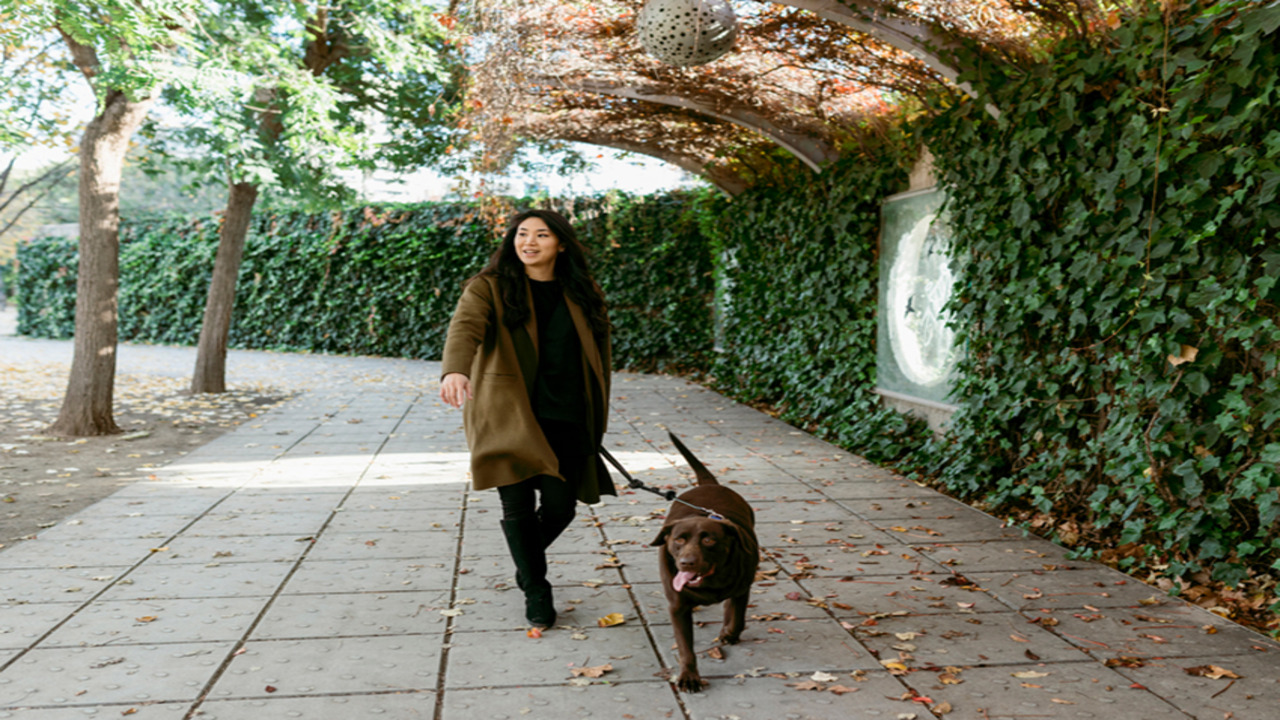
Immerse yourself in the wonders of the natural world as you embark on the 80 Mile Dog Walk Challenge. Explore scenic routes and breathtaking landscapes, reconnecting with nature in a truly unique way. Walking alongside your furry companion, you’ll experience the calming effects of the outdoors, reducing stress and promoting relaxation.
Engage your senses as you take in the sights, sounds, and smells of the environment around you. Appreciate the beauty and serenity surrounding you, gaining a deeper understanding and appreciation for the wonders of the natural world. Take this opportunity to connect with nature and let it rejuvenate your mind, body, and soul.
Overcoming Challenges And Building Resilience
Pushing yourself outside your comfort zone is essential to the 80-mile dog walk challenge. By embarking on this demanding adventure, you have the opportunity to develop resilience and overcome obstacles. Navigating various terrains requires problem-solving skills, enhancing your ability to face adversity head-on.
As you push through the physical and mental challenges of the walk, you build mental toughness and perseverance. The sense of accomplishment you feel upon completing the 80-mile dog walk will boost your self-confidence and instill a belief in your ability to overcome any obstacles that come your way. By embracing this challenge, you are building resilience and fostering personal growth and strength.
How To Register For The 80 Mile Dog Walk Challenge?
Registering for the 80 Mile Dog Walk Challenge is simple and straightforward. To get started, visit the event’s official website and locate the registration page. Fill out the required information, including your name, contact details, and any additional details about your dog(s) that may be requested.
Once you have completed the registration form, submit it online and proceed to the payment section. Choose your preferred payment method and complete the transaction to secure your spot in the challenge. After successfully registering, you will receive a confirmation email with further instructions and details about the event.
How To Participate In The 80 Mile Dog Walk Challenge?
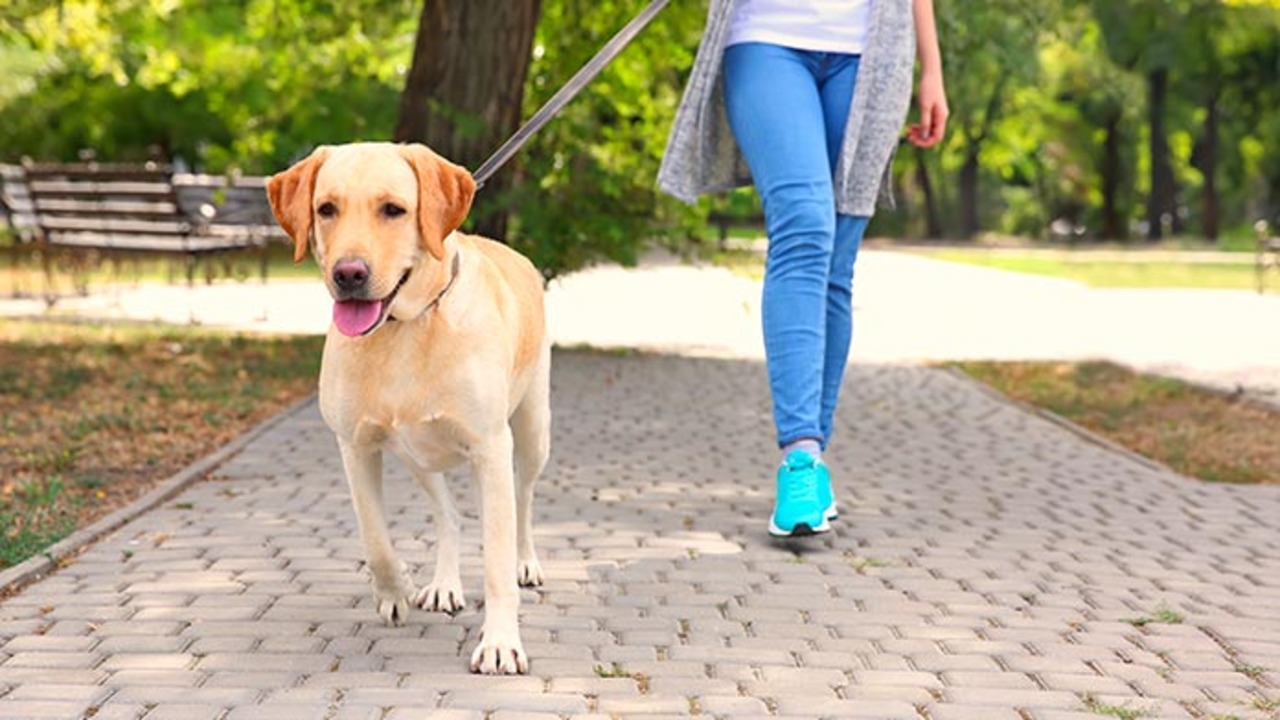
Participating in the 80 Mile Dog Walk Challenge is a great way to bond with your furry friend and get some exercise at the same time. You must register on the official website or through a participating organization to join the challenge. Once registered, you can log your miles as you walk with your dog.
It is important to remember to prioritize your dog’s safety and well-being throughout the challenge. Make sure to bring plenty of water for both you and your pup, take breaks when needed, and be mindful of any signs of fatigue or discomfort from your dog.
By participating in the 80 Mile Dog Walk Challenge, not only will you be getting active, but you will also be supporting a good cause, as many of these challenges are organized as fundraisers for animal shelters or other pet-related charities. So grab a leash, lace up your walking shoes, and prepare to embark on an adventure with your four-legged companion!
How To Prepare For The 80 Mile Dog Walk Challenge?
Preparing for the 80 Mile Dog Walk Challenge requires careful planning and preparation to ensure the safety and well-being of both you and your furry companion. Remember, preparation is key when taking on such an ambitious challenge. Here are some tips to help you get ready for this demanding challenge:
- Start with a training plan: Gradually increase the distance of your walks over time to build up endurance for the 80-mile trek. Begin with shorter walks and gradually increase the mileage each week.
- Invest in proper gear: Make sure you have comfortable footwear and clothing suitable for long-distance walking. Additionally, consider investing in a sturdy leash, harness, and other essential equipment for your dog.
- Visit the vet: Before embarking on such a physically demanding activity, it’s important to take your dog to the vet for a thorough check-up. Ensure that they are up to date on vaccinations, in good health, and receive any necessary preventive treatments.
- Build your dog’s stamina: Just like humans, dogs need time to build their endurance. Increase their exercise gradually so they can adapt to longer walks without overexertion.
- Train on various terrains: The 80-mile dog walk may involve walking on different terrain, so it’s important to expose yourself and your dog to various surfaces during training. This will help prepare both of you for any challenges you may encounter.
- Pack essentials: Ensure your dog has enough water, snacks, and waste bags during the walk. Also, consider bringing a first aid kit for minor injuries or emergencies.
Conclusion
Participating in the 80 Mile Dog Walk Challenge can be a transformative experience for you and your furry companion. It provides physical health benefits such as improved cardiovascular fitness and weight management and offers mental health benefits by reducing stress and boosting mood.
Additionally, the challenge creates a unique bonding experience with your dog and allows you to connect with nature on a deeper level. It is important to properly prepare for the challenge by gradually increasing your walking distance, staying hydrated, and ensuring your dog is in good health. If you’re ready for this incredible adventure, visit our website to register and start your journey towards completing the 80 Mile Dog Walk Challenge.
Frequently Asked Questions
1.How long is too long of a walk for a dog?
Ans: The ideal length of a dog walk varies based on breed, age, and physical condition. Generally, dogs should be walked for 30 minutes to 2 hours a day. However, walking too long can lead to exhaustion, dehydration, and joint pain in dogs. Keep an eye on your dog’s behavior and adjust the length accordingly.
2.Is a 10-mile walk too much for a dog?
Ans: The appropriate distance for a dog to walk depends on breed, age, and physical condition. A healthy adult dog can typically handle a 10-mile walk with proper training and conditioning. However, it’s important to consider the specific needs of puppies, senior dogs, and those with health issues. Always consult with a veterinarian before undertaking long-distance walks with your furry friend.
3.How long should it take to walk a mile with a dog?
Ans: The time it takes to walk a mile with a dog depends on various factors such as the dog’s breed, age, and fitness level. On average, it usually takes around 15-20 minutes to complete a mile with Ans: a dog. However, it’s important to consider your dog’s physical abilities and adjust your walking pace accordingly. Short-nosed breeds may need more frequent breaks during walks.
4.What should I bring on the walk for myself and my dog?
Ans: To ensure a successful 80-mile dog walk, remember to bring plenty of water and snacks for yourself and your furry friend. Wear comfortable clothes and shoes suitable for the weather conditions. Don’t forget essentials like a leash, waste bags, and any necessary medication for your dog. Consider bringing a first aid kit for emergencies.
5.How can I prepare myself and my dog for such a long-distance trek?
Ans: To prepare for an 80-mile dog walk, gradually increase your dog’s exercise and endurance levels beforehand. Pack enough water, food, and supplies for both of you. Take breaks and rest when needed. Train your dog to walk on a leash and obey basic commands before embarking on this long trek.
